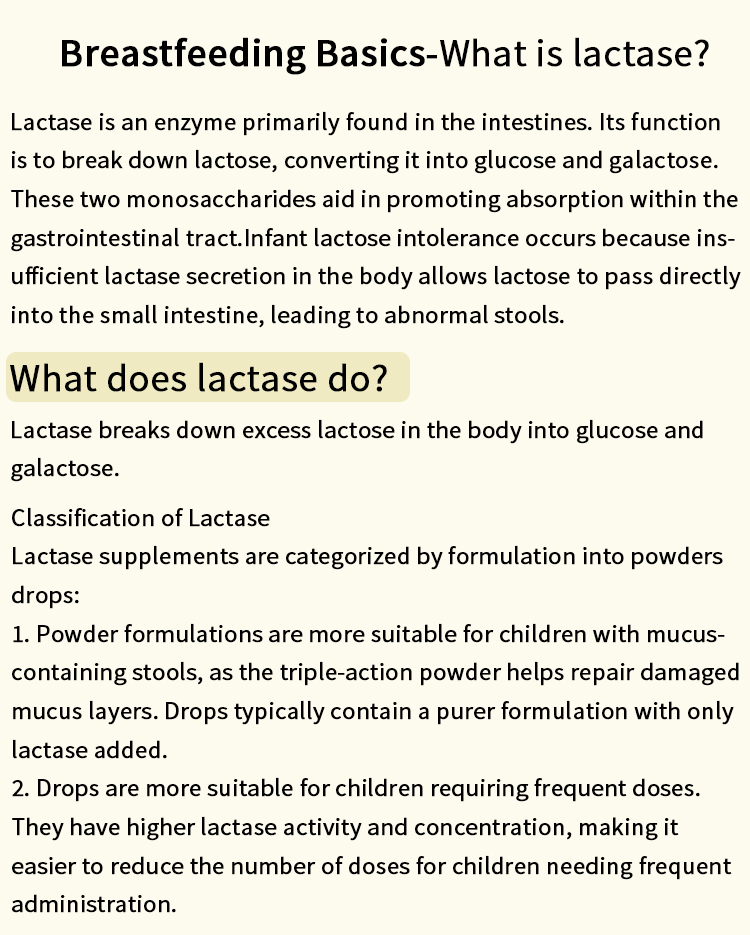In our modern world, the air we breathe, the food we consume, and the products we use are all laden with chemicals. While many of these substances are benign, others can pose significant health risks. Understanding the chemicals we encounter daily is crucial for making informed choices about our health and well-being. This article explores the various categories of chemicals we are exposed to, their sources, potential health impacts, and practical strategies for minimizing exposure.
- Airborne Chemicals: The Invisible Threat
Volatile Organic Compounds (VOCs)
VOCs are organic chemicals that evaporate easily at room temperature. Common sources include paints, cleaning products, and air fresheners. Prolonged exposure to VOCs can lead to respiratory issues, headaches, and even long-term neurological damage.
Particulate Matter (PM)
Particulate matter, particularly PM2.5 and PM10, consists of tiny particles suspended in the air. These can originate from vehicle emissions, industrial processes, and even natural sources like wildfires. Exposure to particulate matter is linked to cardiovascular diseases, respiratory problems, and decreased lung function.
Pesticides and Herbicides
While essential for agriculture, pesticides and herbicides can drift into residential areas, contaminating the air. Chronic exposure has been associated with various health issues, including endocrine disruption and increased cancer risk.
- Chemicals in Food: From Farm to Table
Pesticide Residues
Even after washing, fruits and vegetables can retain pesticide residues. The Environmental Protection Agency (EPA) sets limits on these residues, but some studies suggest that long-term exposure may contribute to health problems, including hormone disruption and developmental issues in children.
Food Additives
Many processed foods contain additives such as preservatives, colorings, and flavor enhancers. While generally recognized as safe, some additives, like artificial sweeteners and certain emulsifiers, have raised concerns regarding their long-term health effects.
Heavy Metals
Certain foods, particularly seafood, can accumulate heavy metals like mercury and lead. Regular consumption of contaminated fish can lead to neurological damage and developmental issues in children.
- Household Chemicals: Everyday Products with Hidden Risks
Cleaning Products
Many household cleaners contain harsh chemicals such as ammonia, bleach, and phthalates. These substances can irritate the skin, eyes, and respiratory system. Opting for natural cleaning alternatives can significantly reduce exposure.
Personal Care Products
Shampoos, lotions, and cosmetics often contain parabens, sulfates, and synthetic fragrances. Some of these chemicals can disrupt hormonal balance and may be linked to reproductive issues. Choosing products labeled as paraben-free or fragrance-free can mitigate these risks.
Plastics and Bisphenol A (BPA)
BPA is a chemical found in many plastics, including food containers and water bottles. It can leach into food and beverages, leading to potential endocrine disruption. Using glass or stainless steel containers can help reduce BPA exposure.
- Water Contaminants: The Overlooked Source
Chlorine and Chloramines
Used to disinfect drinking water, chlorine can react with organic matter to form harmful byproducts, such as trihalomethanes (THMs), which are linked to cancer. Using a water filter that removes chlorine and its byproducts can enhance water safety.
Heavy Metals
Lead, arsenic, and other heavy metals can contaminate drinking water, particularly in older plumbing systems. Regular water testing and using certified filters can help ensure safe drinking water.
- Strategies for Minimizing Chemical Exposure
Educate Yourself
Understanding the sources and effects of chemicals in your environment is the first step toward minimizing exposure. Resources like the Environmental Working Group (EWG) provide valuable information on safe products and practices.
Choose Organic When Possible
Opting for organic produce can reduce pesticide exposure. While organic foods may be more expensive, they often contain fewer harmful chemicals.
Read Labels
Be vigilant about reading product labels. Look for items with fewer ingredients, and avoid those with unrecognizable chemicals.
Ventilate Your Home
Improving indoor air quality by regularly ventilating your home can help reduce the concentration of airborne chemicals. Open windows and use exhaust fans when cooking or cleaning.
Use Natural Alternatives
Consider using natural cleaning and personal care products. Many brands now offer safer alternatives that are free from harmful chemicals.
Conclusion
The chemicals we encounter daily are often invisible yet impactful. By understanding the sources and potential health effects of these substances, we can take proactive steps to minimize our exposure. Making informed choices about the products we use, the food we eat, and the air we breathe is essential for safeguarding our health and well-being in an increasingly chemical-laden world.





+ There are no comments
Add yours